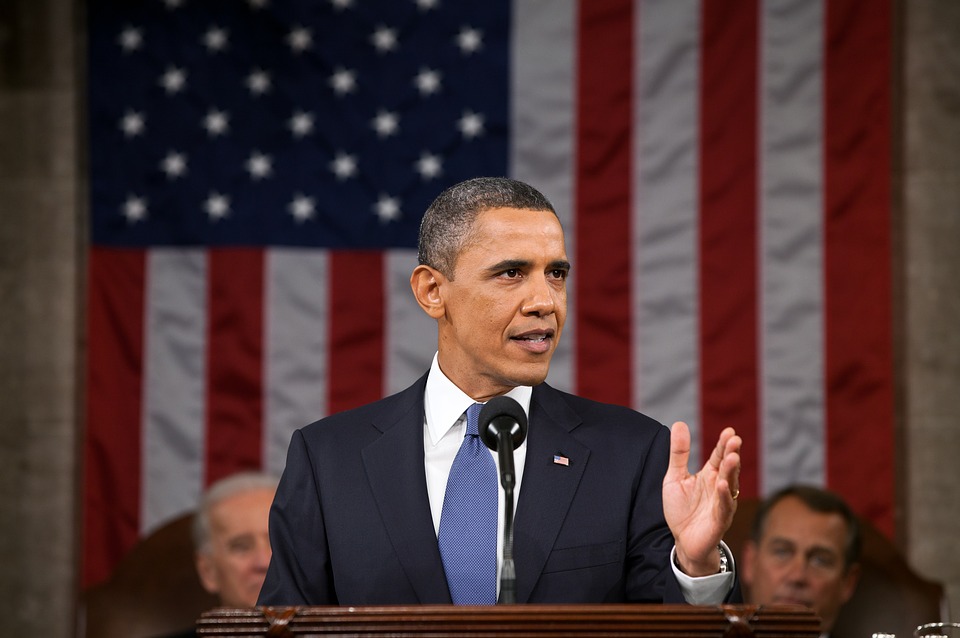Obama’s Final Budget Seeks to Expand the R&D Tax Credit
 President Barack Obama checked off another “last” of his White House tenure on February 9th 2016, submitting his final budget proposal to Congress amid the growing buzz from the campaign trail. The budget proposes several investments to accelerate the pace of American innovation. In particular, it included several new ideas for expanding the research and development (R&D) tax credit.
President Barack Obama checked off another “last” of his White House tenure on February 9th 2016, submitting his final budget proposal to Congress amid the growing buzz from the campaign trail. The budget proposes several investments to accelerate the pace of American innovation. In particular, it included several new ideas for expanding the research and development (R&D) tax credit.
Indeed, the new proposals came as somewhat of a surprise to many given the fact that only just last year the R&D Tax Credit observed changes. In December, Congress passed and President Obama signed into law the PATH act that not only made the R&D tax credit permanent but also contained several important improvements to the R&D tax credit – especially for small businesses and start-up companies. Nonetheless, the proposals put forward in the budget could have a positive influence on boosting and rewarding research and development if passed.
An overview of the Treasury Department’s new proposals for the R&D tax credit is as follows:
- Eradicate the traditional process for calculating the R&D tax credit;
- Rise the rate of the alternative simplified credit (ASC) from 14 to 18 percent;
- Reduced ASC rate of 6 percent for businesses without qualified research expenses in the prior three years would be abolished;
- R&D tax credit would be allowed to offset AMT liability for all taxpayers (at the moment it is capped at $50 million dollars average gross receipts over the prior three years);
- Contract research expenses would include 75 percent of payments to qualified non-profit organizations (e.g. educational institutions) for qualified research;
- The special rule for owners of a pass-through entity would be repealed; and
- The rule concerning amortization of 174 expenditures by passive owners would be repealed.
Overall, eliminating the reduced ASC rate for businesses without qualified research expenses will result in a significant increase in the credit for companies in their first three years of operation. Undeniably, the overall increase of the ASC rate to 18 percent is optimistic news for all companies engaged in innovative activities.
Ultimately, for the United States to be an attractive location for research and development this entails having a robust R&D tax credit. The provisions mentioned above would certainly expand the credit which would no doubt be welcomed by many businesses. However, compared to other R&D tax credits offered around the globe, the United States’ model remains one the most competitive. The R&D tax credit fuels innovation which translates into new product development, job creation and increased productivity—three key factors necessary for growth in a global environment
Contact Swanson Reed for more information on how we can advance your company’s market value and boost its bottom line through the Research and Development Tax Credit.
















